What is the Emory Tate Gambit?
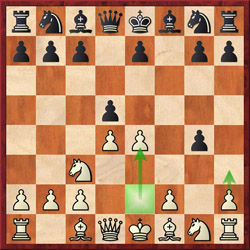
The Tate Gambit??
Recently I had a lengthy call with FM William Morrison. It was a pleasant conversation which was originally about his ailing mother, but ended up on a chat about his fellow chess legend in the African Diaspora, IM Emory Tate. He mentioned the praise circulating about Triple Exclam, but also asked me if I had heard of the “Tate Gambit.”
Of course in Triple Exclam: The Life and Games of Emory Tate, Chess Warrior I had covered the Tate Variation of the Alekhine which went 1.e4 Nf6 2.e5 Nd5 3.c4 Nb6 4.a4!? a5 5.Ra3!!?? Yep this was Tate’s Frankenstein of a creation. In the notes of Tate-Herfel I referenced a 1994 game where Tate tried this idea from the Black side against Roger Blaine after 1.b3 f5 2.f4 a5!? 3.a4 Ra6!? 4.e4 Re6!? 0-1 (43).
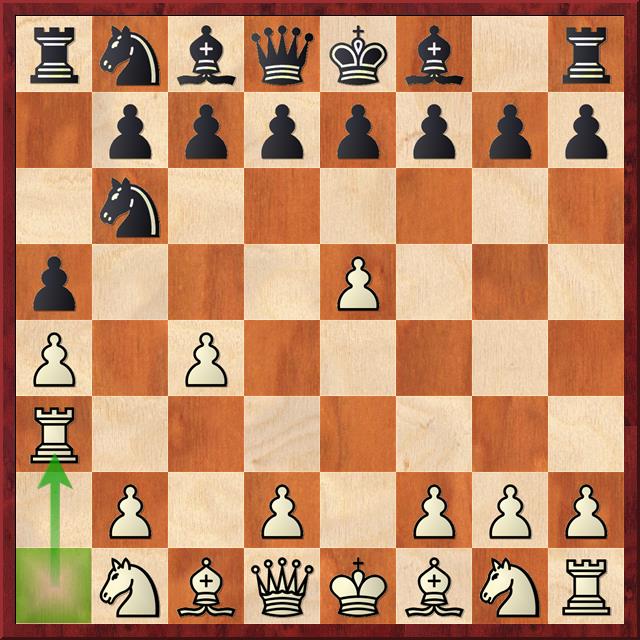
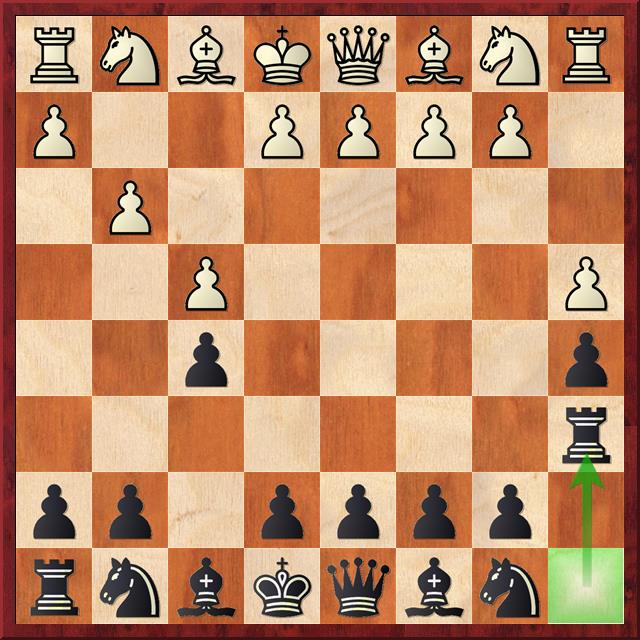
Tate loved his rook lifts and played them in very unexpected situations. The variation that bears his name is on the left (Tate-Herfel, 1991) and variant from the black side on the right (Blaine-Tate, 1994). Watch the games below!
Of course, this wasn’t the Tate Gambit. Morrison described that it came out of the Dutch and g4 was played. I knew 1.d4 f5 2.g4!? and played it in blitz a time or two. However, he said he didn’t have the exact moves, but he would send me the reference…
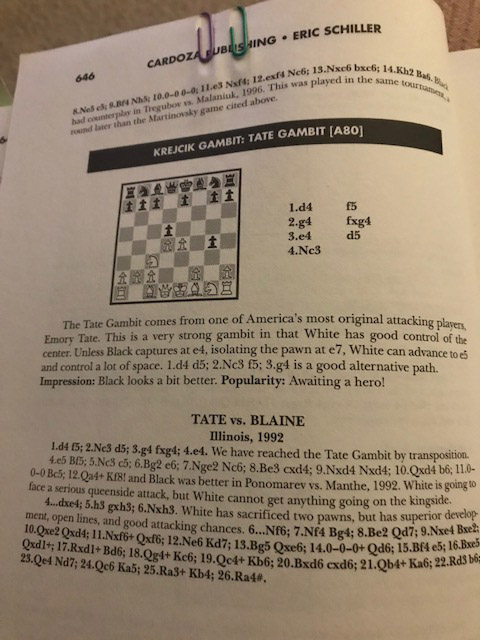
Game with the so-called “Tate Gambit”
When I went over the game, I scoffed, “It’s crap.” It seems to be a weird combination of ideas with a Benko Gambit motif thrown in. However, let’s take a closer look.
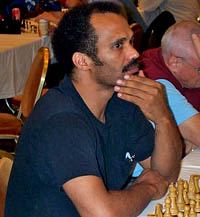
What is my final assessment? The opening is definitely risky for white and easy for black to get a sound position after 5…Nf6 instead of 5…gxh3. However, it’s not as easy to find solutions over the board. One of the great things about Tate was his willingness to try new ideas and create art. His quest was motivated by his free-spirit and the Tate Gambit showed how his idea also had a positional premise.
Morrison and I agreed that it would be a misnomer to believe Tate was only about tactics. “I played him 500 games and he definitely knew the finer points of positional play,” he said. As we close out another year, the Tate stories keep coming. It will not make up for his loss, but it is refreshing to know that he is still making an impact.
(Update: The position NM Eric Schiller cites after 4.Nc3 also occurred in Emma-Pilnic from 1959 Mar del Plata (0-1, 46). Schiller also co-authored a book with IM John Watson titled, Taming Wild Chess Opening: How to Deal with the Good, the Bad and the Ugly. It also gives Tate credit for the gambit after 4.Nc3. Apparently they didn’t check since Schiller’s 2002 book, Gambit Chess Openings. It’s possible that earlier games could’ve been added to the database in the interim. In my view, 5.h3 seems to be an original idea.

Nakamura unfurled a nice idea against Carlsen at the 2017 London Classic. It looks like the Tate Variation of the Alekhine with h4 and Rh3 instead of a4 and Ra3. 🙂
Video by GM Daniel King